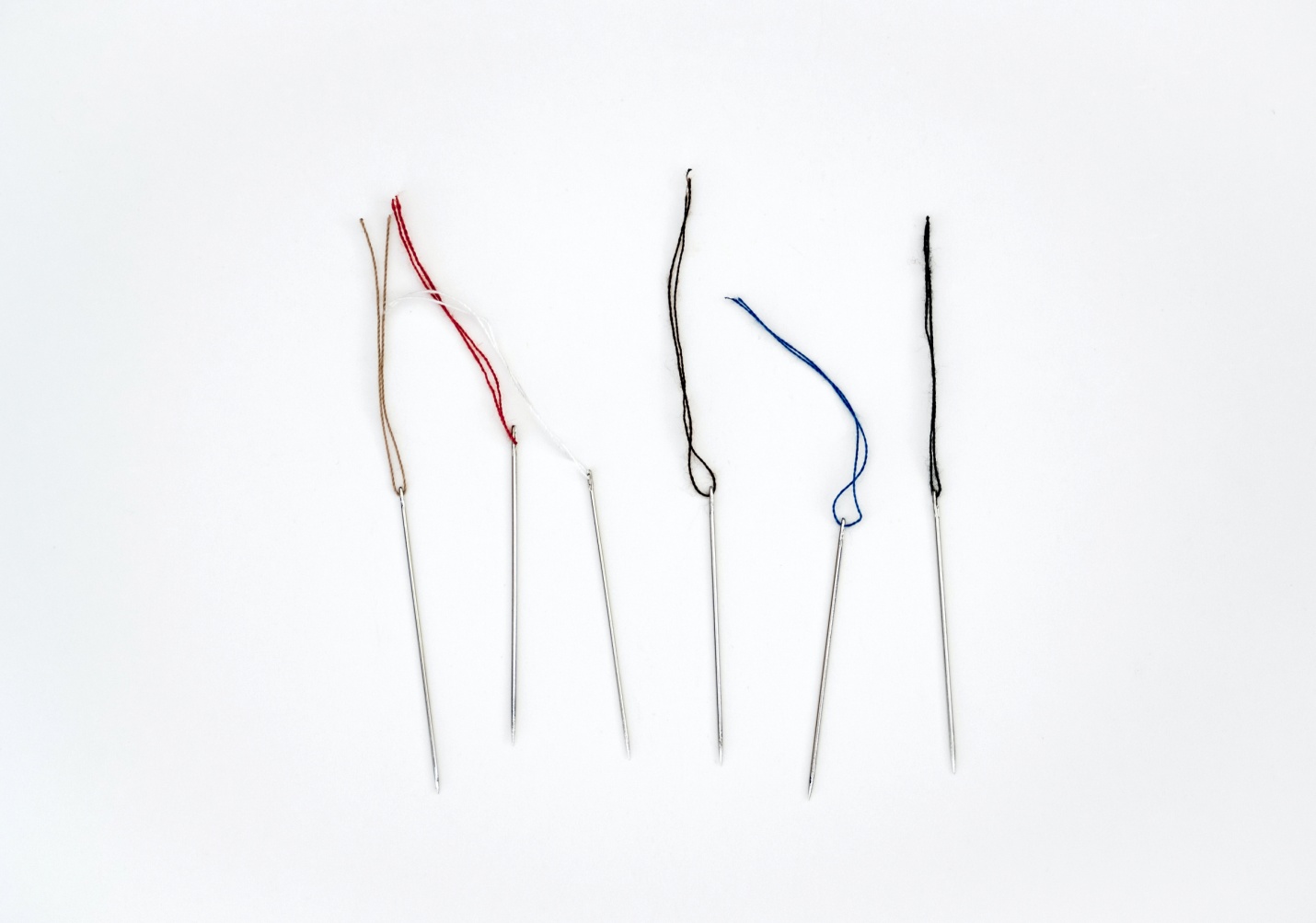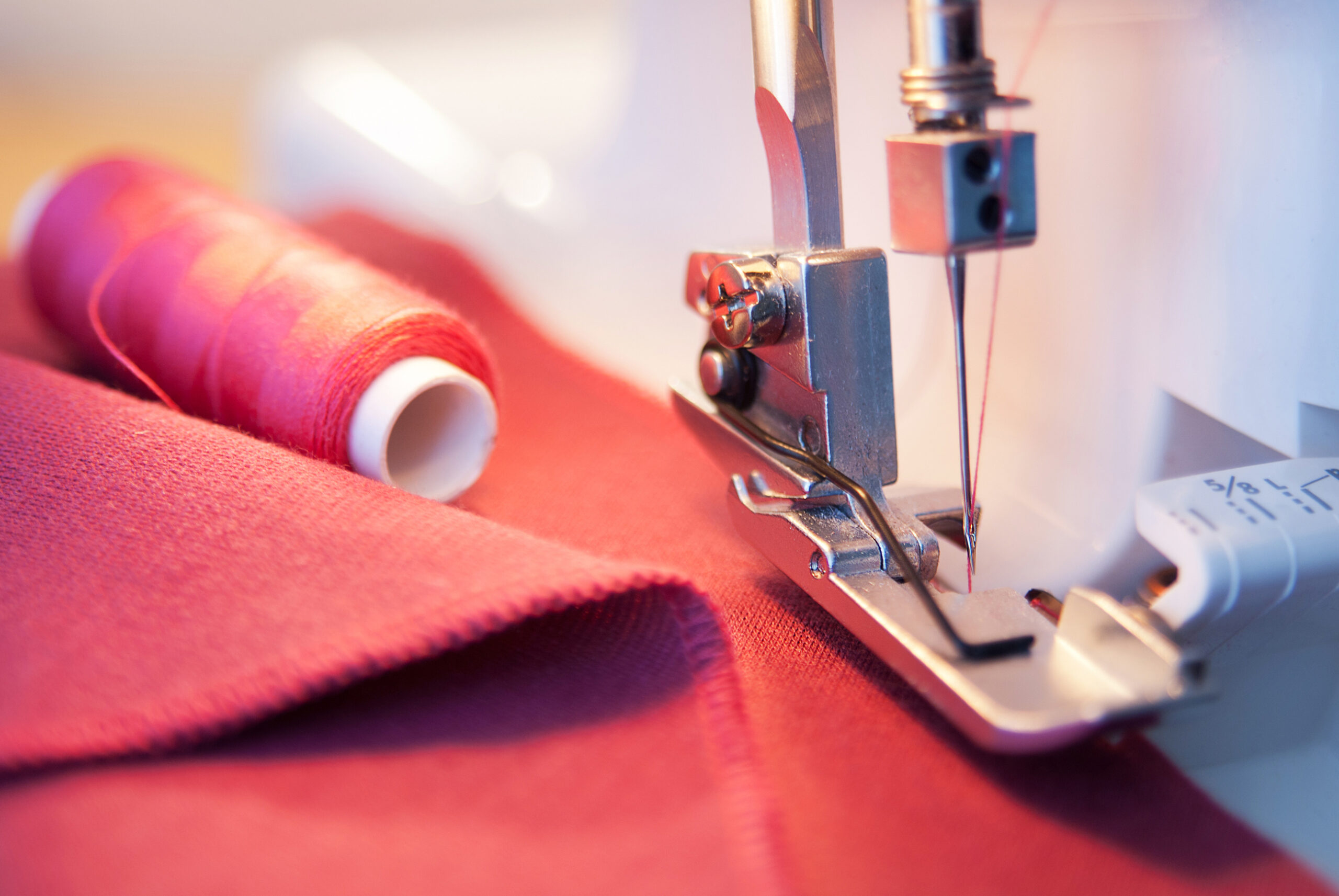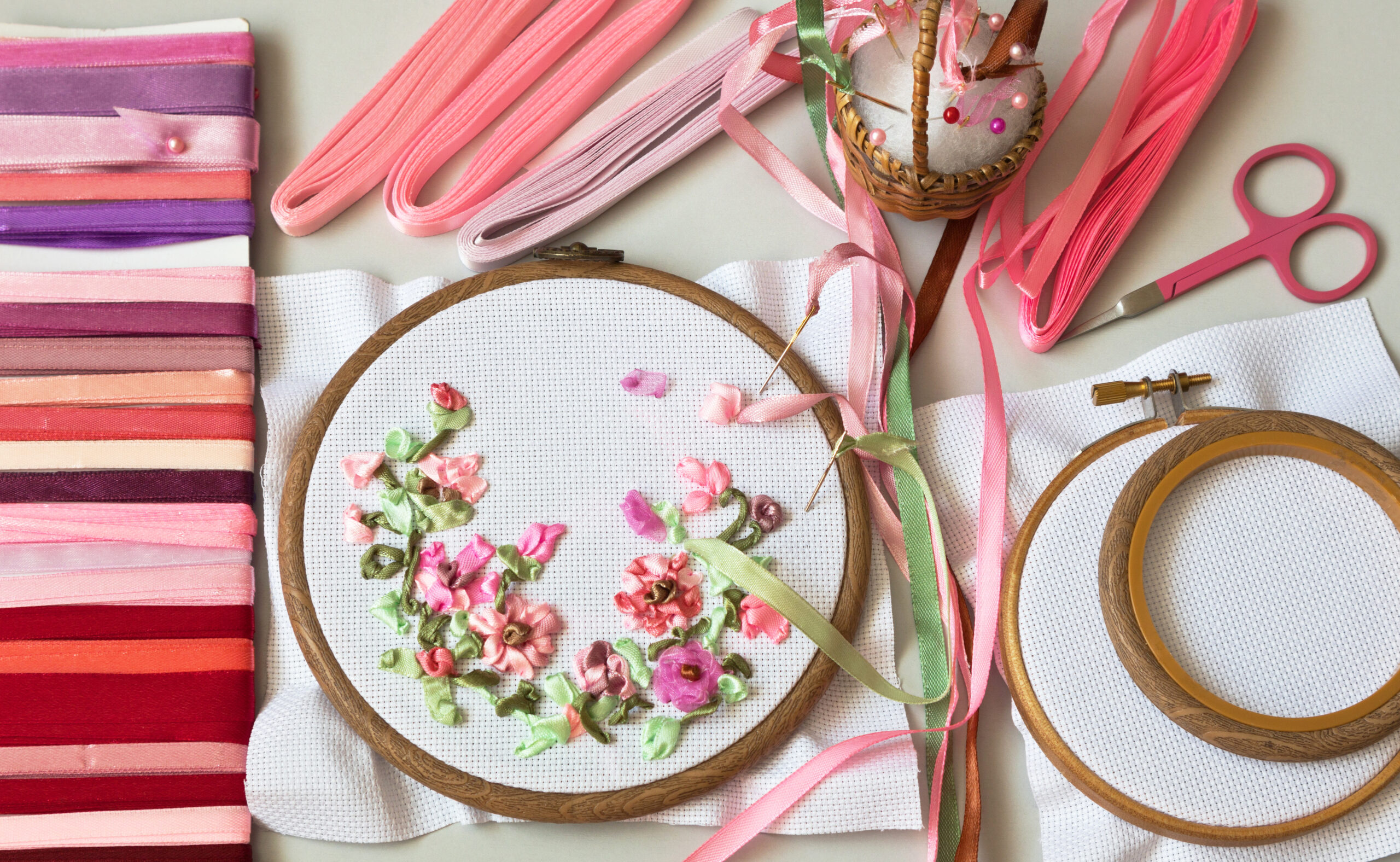No matter how well-known of a brand it is from, a sewing machine is of no use if it does not have a sewing needle. It carries out the stitching process, without which you can’t form anything out of the fabric at hand. Sewing needles can be of various types, depending on the fabric.
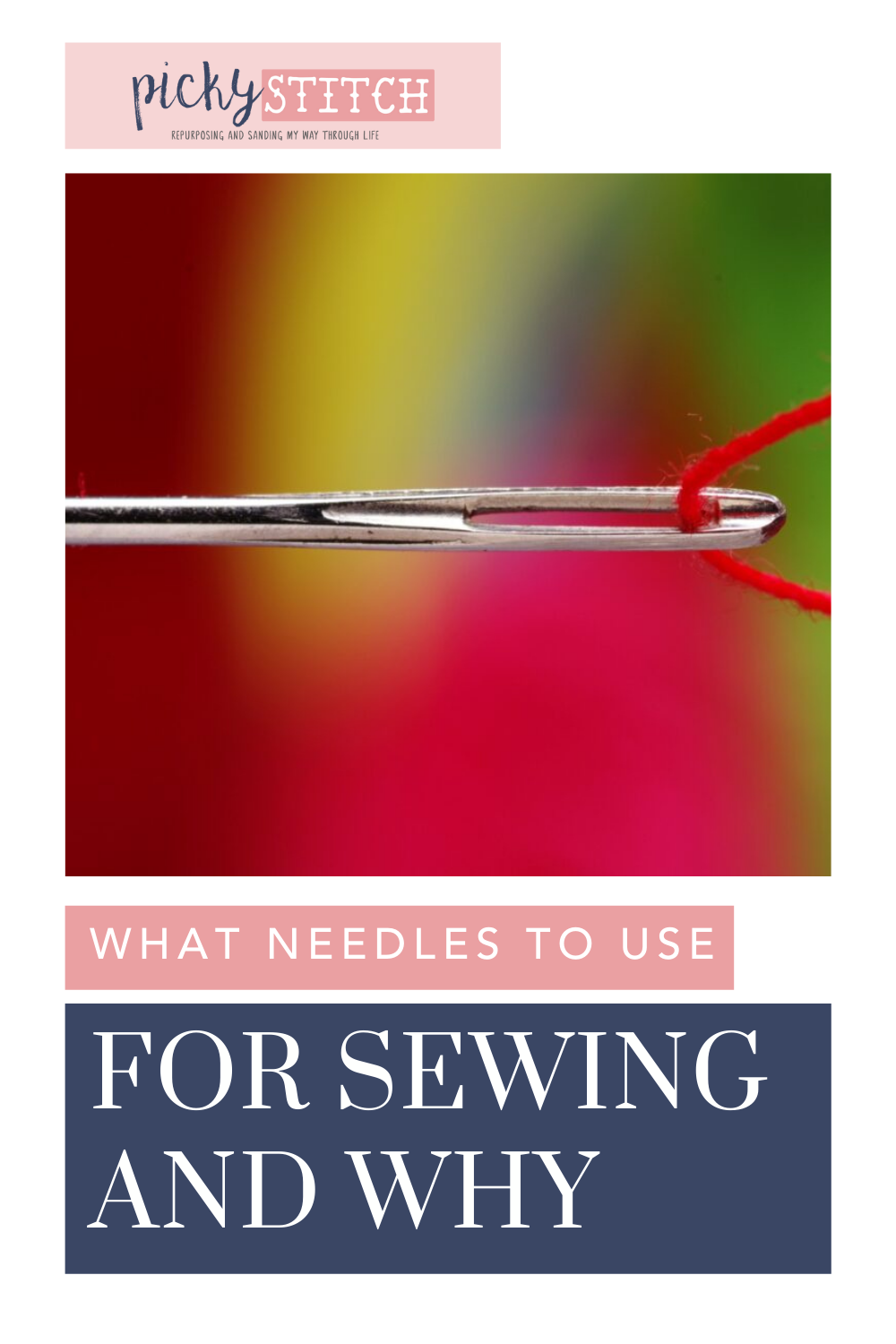
However, before getting into the types and uses of needles, let’s see how they work.
The Role of Sewing Needles
Needles play an important role in the art of stitching. The manufacturing companies have introduced different types of sewing needles, each one reserved for a different fabric. You can find these needles usually on the left side of the sewing machine, where it is connected to the machine in a way that it holds the thread coming from the top.
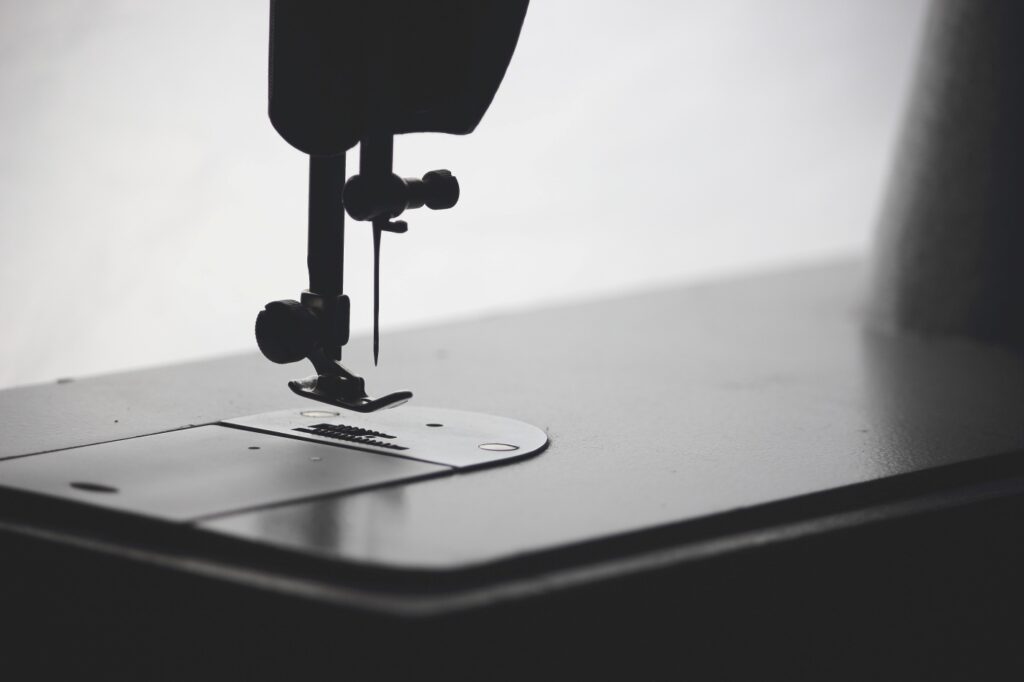
The machine’s hook then holds that thread and joins it with the bobbin thread to carry out the stitch formation process. If you have installed the wrong sewing needle, the results might be faulty, and the machine will skip the stitch at every stop.
On the contrary, if you have got yourself the right needles for your sewing machine, the stitching process will be smooth, with a satisfying result. Hence, it is more about the needles than the sewing machine.
How to Choose Sewing Needles for a Fabric
Whenever you have a project at hand, the first thing you need to consider is whether or not you need to diversify your needle set. Basic needles might not work for every fabric. You need to collect different types of sewing needles if you get different sewing projects. As needles are the fundamental players in this regard, you need to consider all the important factors while choosing a sewing needle set.
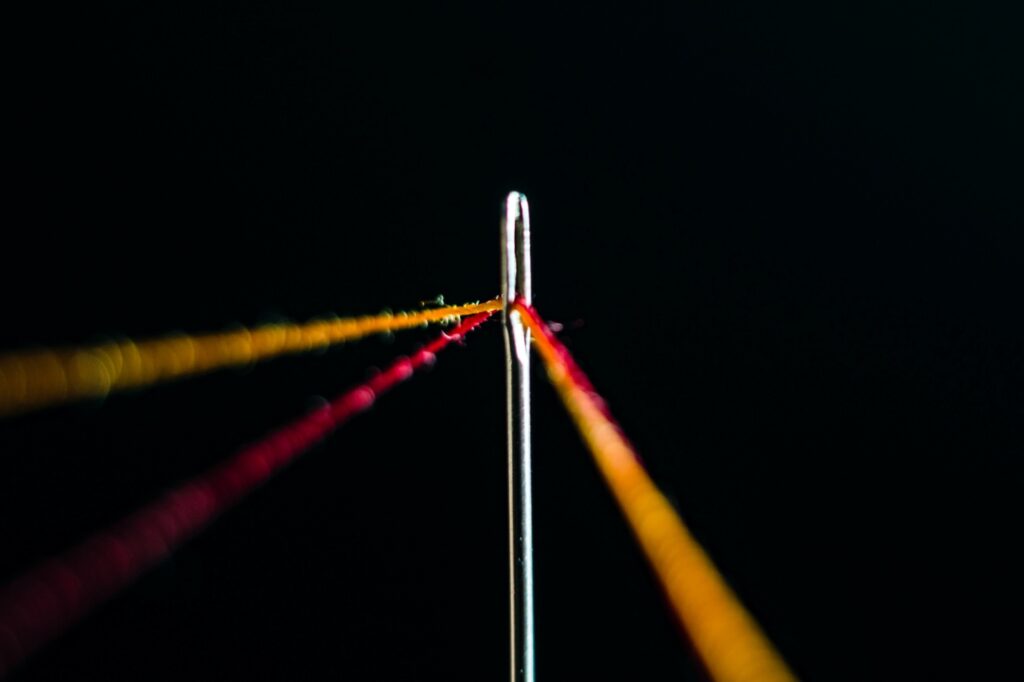
Two factors play a pivotal role while choosing a sewing needle:
- The type of the needle
- The size of the needle
How to Determine the Size of the Needle?
Each set of needles has a number written on it, which determines the size of the needles. As mentioned above, various sizes of needles are available in the market – each one of them specifically reserved for a piece of fabric.
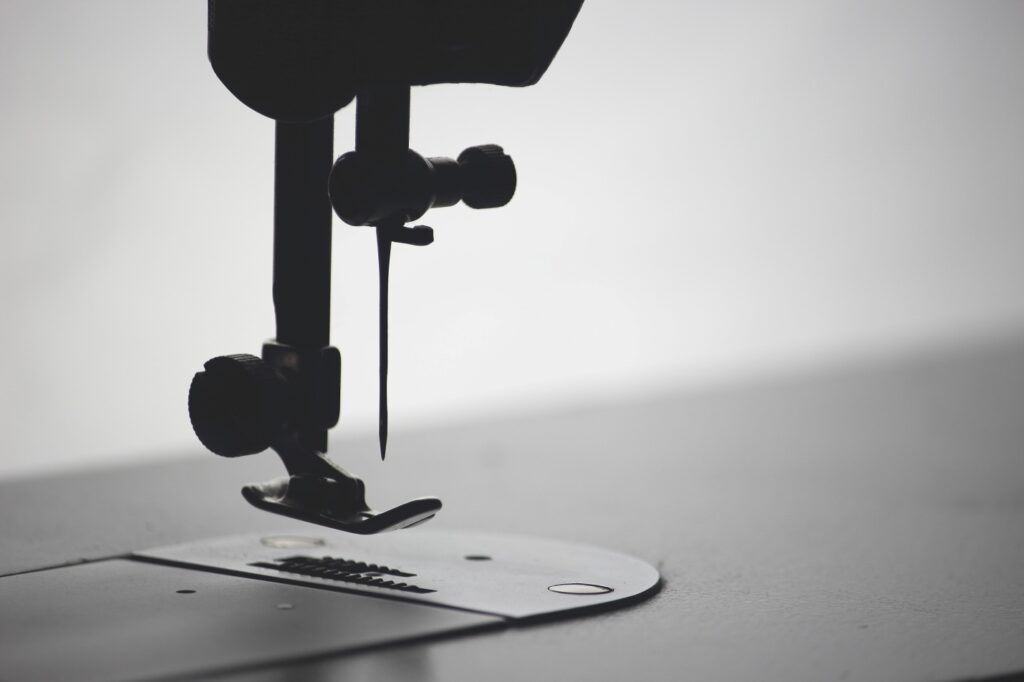
If you are looking for a fine needle to carry out the stitching process, go for a smaller number. The smaller the number, the finer the needle. The European System of measuring needles ranges from 60 to 120. On the other hand, the American System of measuring needles ranges from 8 to 20.
The following are the different sizes of the needles reserved for different fabrics:
For Finer, Delicate Fabrics
As fine as the fabric is, as hard, it is to handle. Delicate fabrics can be challenging, especially if you don’t have the right size of a sewing needle stitching through the material. Therefore, you need to have a finer needle to get the job done.
Finer fabrics require a needle that is 60/8 or 65/9 in size.
For Light-Weight Fabrics
Light-weight fabrics can be a bit tricky to handle. Such fabrics require a sewing needle with the size 70/10 or 75/11. Remember that the larger number refers to the European System of measuring needles and the smaller number refers to the American System.
For Medium Weight Fabrics
Medium Weight fabrics are the most convenient to work your way through. You can easily stitch through the kind of materials that have a medium weight. They are relatively easier to handle than delicate fabrics.
Medium-weight fabrics require an 80/12 or 90/14 sewing needle.
For Heavy-Weight Fabrics
Heavy-weight material can be difficult to handle, especially if you chose the wrong sewing needle size. These kinds of fabrics require a thicker needle, considering the weight of the material at hand. Mostly, a 90/14 or a 100/16 sewing needle works the best for heavy-weight fabrics.
For a Very Heavy-Weight Fabric
Like heavy-weight materials, very heavy fabrics also require a special sewing needle to get through the fabrics. You need to have a thicker needle to complete the process smoothly. A 110/18 needle is an ideal choice for very heavy-weight fabrics.
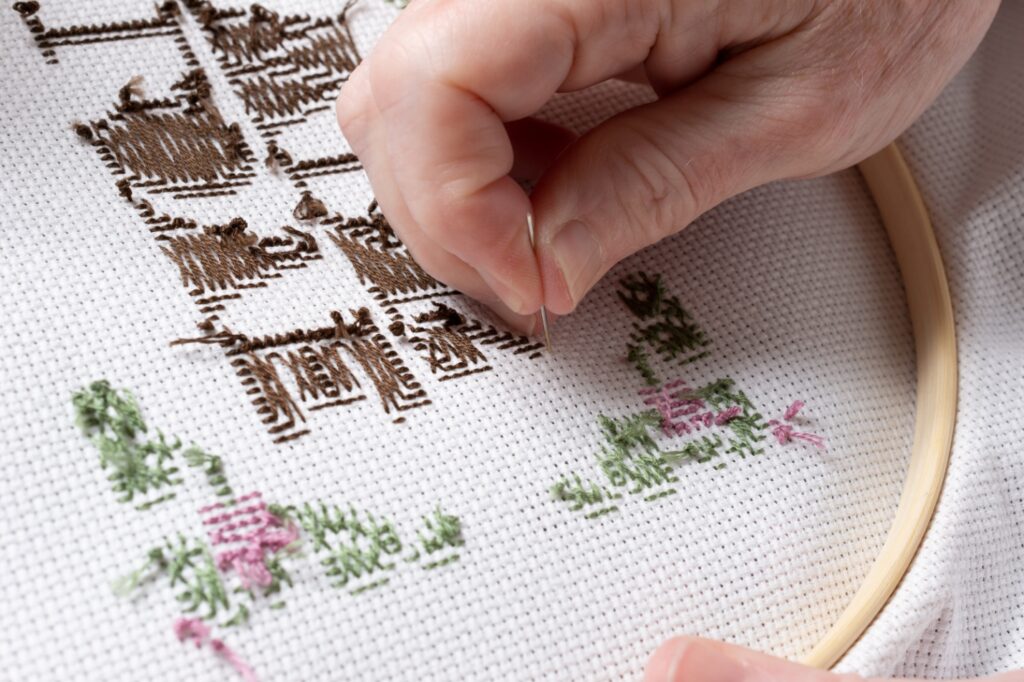
How to Determine the Correct Type of Needle?
Various types of needles are available in the market. You can get your hands on the one specifically manufactured for the material at hand. If you are having trouble determining the correct type of needle for your fabric, we are here to help you through the process.
Let’s explore each type of sewing needles briefly:
Universal Sewing Needles
If you have a knitting project at hand, you need to buy a pack of universal sewing needles. These needles have a round closing with a standard eye ideal for stitching of basic fabrics.
Stretch Sewing Needles
If you have a project at hand that includes a stretchy fabric, you need to buy a pack of stretchy sewing needles to accommodate its need. These needles have a rounded point that pushes the fiber out of the way so that the material stays intact.
Embroidery Needles
Embroidered clothes have various designs stitched on the surface of the fabric. If you sew through them with an ordinary sewing needle, the threads might disrupt the integrity of the design, ruining the fabric in the process. Therefore, you need a set of embroidery sewing needles to accommodate the needs of the stitched design. These needles have slightly circular points and a smooth eye from which the thread can slide easily without damaging the threads of the embroidered design.
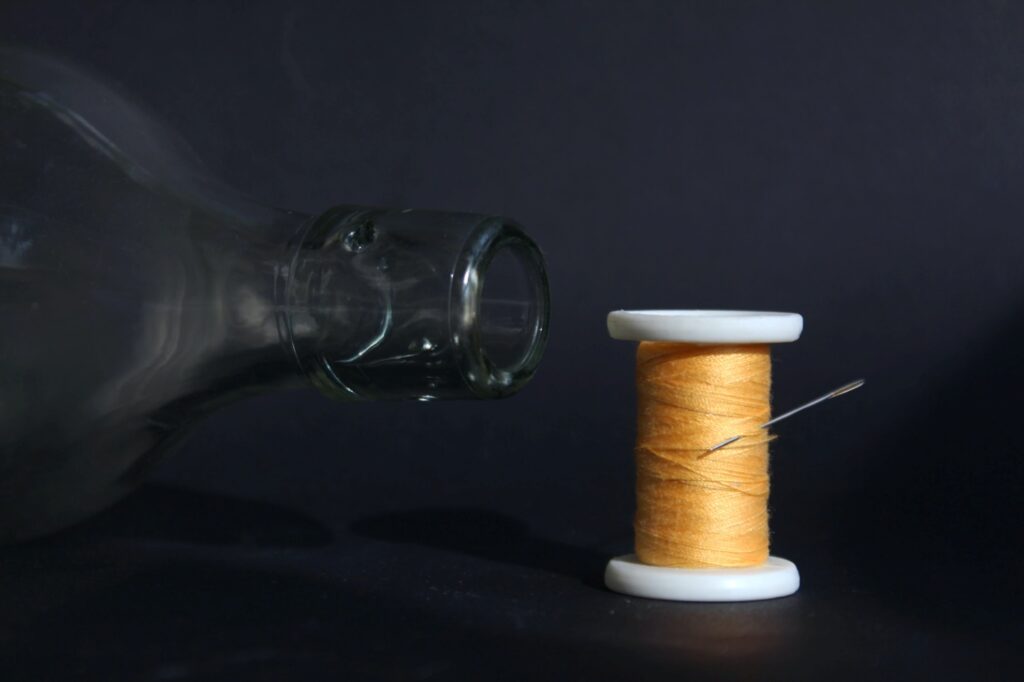
Metafil Sewing Needles
Metafil sewing needles are an ideal choice if you want to embroider different kinds of fabric. Moreover, all those fabrics that are woven together with the help of specialty threads also require metafile sewing needles.
Quilting Sewing Needles
All the thick materials, such as quilts, require a pack of quilting sewing needles. These needles have a delicately rounded point that can penetrate through a thicker thread and keeps the fabric in place.
Leather Sewing Needles
The material of leather can be a bit challenging to get through. Therefore, only special leather sewing needles can accommodate the requirements of this material. These needles have a sharp edge that can pass through the non-woven thread, completing the stitching process in time.
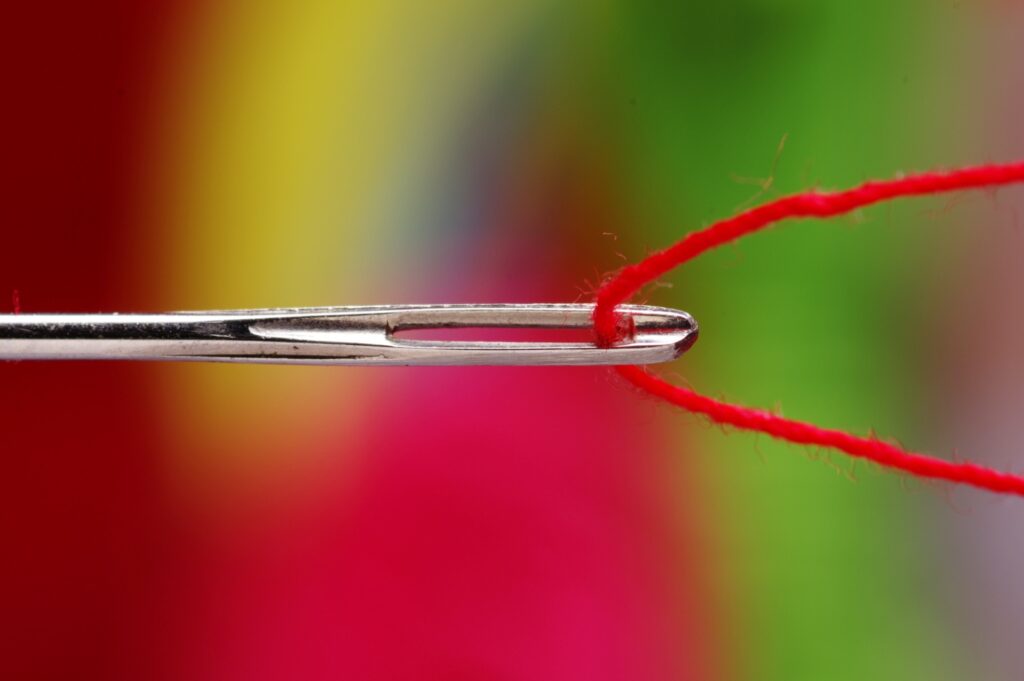
Let’s explore the most important types of sewing needles that every sewing enthusiast should have:
Ballpoint Sewing Needles for Knitting
The ballpoint sewing needles have sharp, rounded edges that make it easier for the thread to pass through the thick material of the fabric at hand. These sewing needles can help you sew the fabric without snagging the fibers around the fabric.
The knitting fabric has thick weaves that can snag if you use a regular sewing needle. Therefore, the rounded edge of a sewing needle can be an ideal choice for this fabric. Even though these sewing needles can be a bit hard to find in the market, they are the best option if you want to embroider over a knitting cloth. For a smoother result, get an 80 size sewing needle.
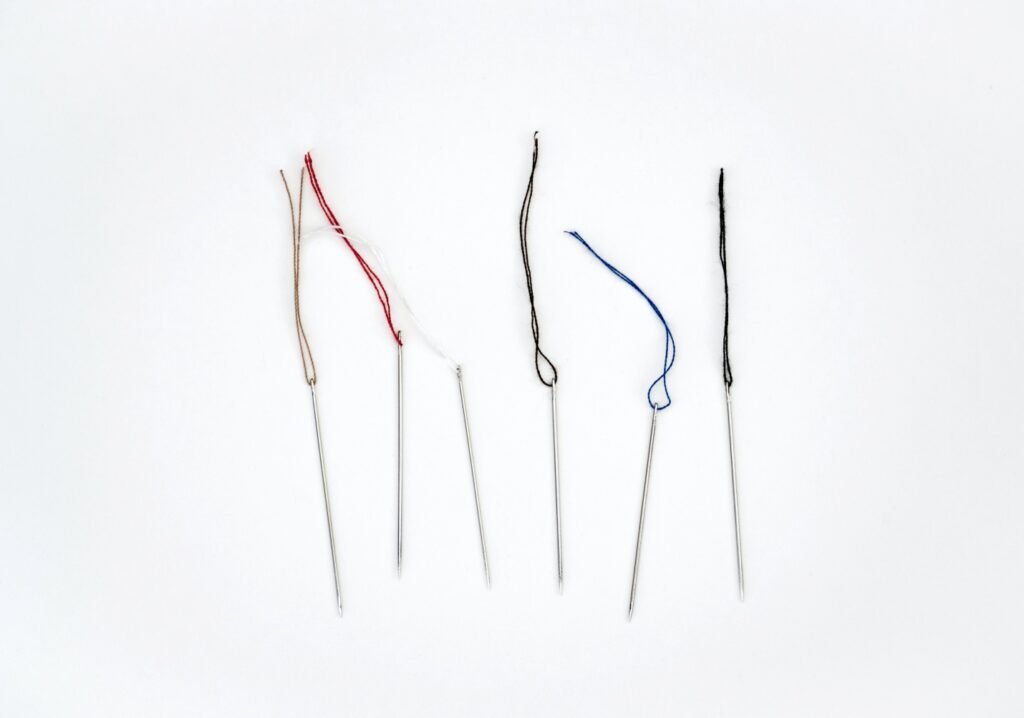
Embroidery Sewing Needles for Dense Fabric
If you have a dense fabric you need to embroider on, the best possible choice for you is the embroidery sewing needles. These needles can get through very dense materials that are harder to sew otherwise. Not only can you sew using these sewing needles, but you can also embroider on a denser material.
The size of the embroidery sewing needles should be somewhere between 70 and 90, depending on the fabric at hand. Moreover, make sure you have an embroidery machine if you are planning to embroider through a denser fabric. This way, you have all the correct sources to get on with your embroidery project.
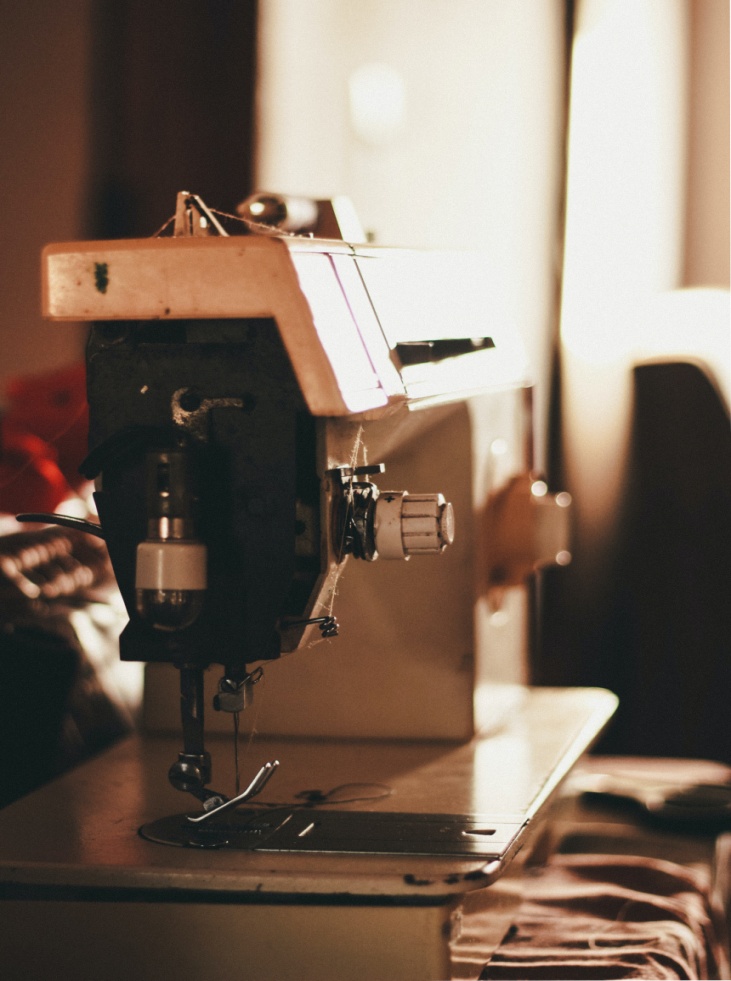
Quilting Sewing Needles for Layers
As mentioned above, the quilting sewing needles are cylindrical in shape, having a round point that makes it easier for the needle to move through the fabric. If you have multiple layers of fabrics to weave through, your best possible option is a quilting sewing needle. It doesn’t leave a mark or hole behind on either of the layers.
Other sewing needles might not be the ideal choice for sewing through multiple fabrics simultaneously. They might not be able to get through the material. Even if they do, they might leave an inevitable hole behind, which can ruin the entire look of the fabric at hand.
Quilting sewing needles have a deep groove that lets them slide through without any interference from the woven fibers. The size of the needle should be 90, depending on the layers of fabrics.

Final Word
Those associated with the sewing industry know how important sewing needles are for every project, no matter how big or small. In other words, the sewing needles are at the heart of every project, determining the fate of the fabric. If you might land yourself with a wrong needle by any chance, you will not get your desired result. The sewing would be bumpy, with skipped stitches at every stop. Therefore, it is essential to use a suitable needle in the correct size, as mentioned in this article.

